

Prototype Cornucopia
By Scott Stilphen
One of the things we're most thankful for on this Thanksgiving weekend are videogames, and to help celebrate this holiday, I'm writing this article to describe some of the prototypes that I've recently archived and made available to the gaming community.
|
Pitfall! 1982 Beta Version Activision, for Atari 2600 I spoke with David Crane about some Pitfall prototypes that I own - one dated 1981 and the other 1982. The really neat thing about the 1982 version is that the background shows extra tree branches! (similar to what was done with versions for other systems, such as the ColecoVision and Atari 5200). Mr. Crane offered the following comments: "The 1982 version you have is of the most
interest to me. This version of the game came very close to being
released. (I have told this story at CGE in the past, and it is an
example of how the Activision design group worked.) My original concept
gave the player only one life to complete the game. As you might imagine
this would be very hard, and very frustrating. But game players were
getting really good, and I thought this would appeal to the purists.
|
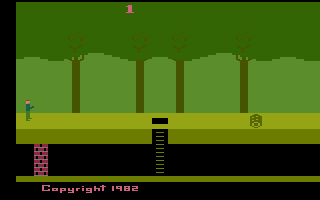 |
|
Pitfall! 1981 Beta Version Activision, for Atari 2600 Mr. Crane offered the following comments: "What is less clear is how the version you have with the 1981 copyright is a newer game version than the one with the 1982 copyright message. I can only assume that we were getting changing input from legal council as to which date to use. (The proper notice would be "Copyright 1981, 1982 Activision Inc." But with limited space we had to choose one date or the other.)"
|
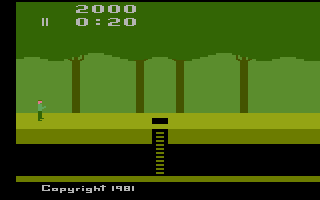 |
|
Cabbage Patch Kids Konami, for ColecoVision This is a prototype of the earlier (unreleased) version of CPK - the one with Konami in the title screen credits. You'll notice a number of other differences between this and the retail game: there are only two options (1) one player or (5) two player whereas the released version had the standard 8 options; the copyright screen lists 1983 OAA and 1984 Konami vs. the released version which lists 1984 Coleco; the opening scene starts in Babyland Park instead of Babyland General, etc. There are other tweaks as well.
|
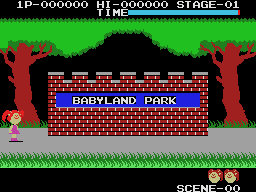 |
|
3-D Rubik's Cube Atari, for Atari 2600 It is what it is... a completely different version of Atari's Rubik's Cube (aka Atari Video Cube), this one is in a quasi-3D perspective. The game has been around for awhile and was at one time burned to EPROMS and sold in cartridge form but we haven't seen the binary file on the 'net so here you have it.
|
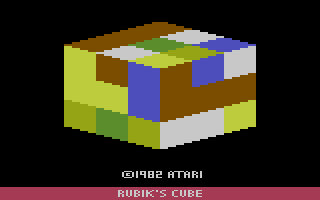 |
|
Tunnel Runner Demo CBS, for Atari 2600 You may notice a few differences in this early release. There's no
music on the title screen, and the first run only has one Maze Zot in
it! Also, the map doesn't show the location of the key, nor does it show
you the exit when you get it.
|
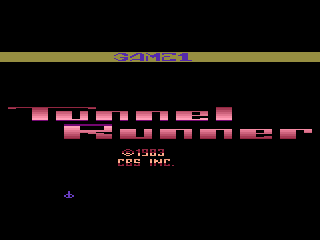 |
|
Mystery Activision Color Demo Activision, for Atari 2600 Plays much like Imagic's Cubicolor, except, there's no gameplay. A later version does exist that is more complete, with sound and 2 more variations that you actually can play. Hopefully the owners of that version will share it with the rest of us someday.
|
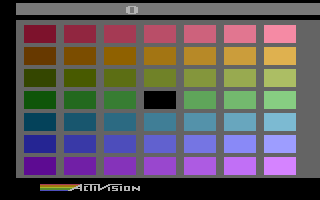 |